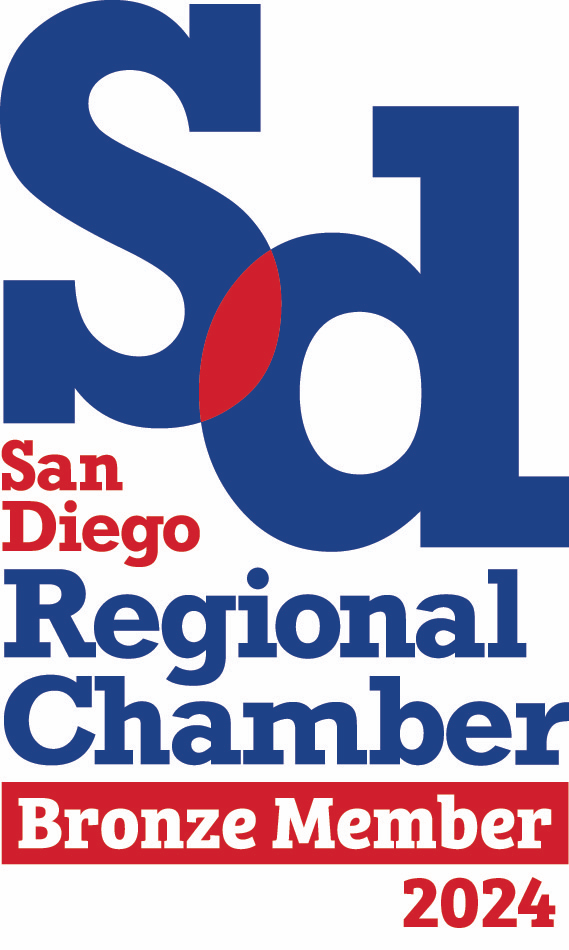What is your expiration date?
Every Non-Profit Organization (NPO) CEO has one.
But how do you know when yours is?
Are you going to be that three-year and out, or the 31-year CEO that has to be gently asked to leave or nudged to retire? CEOs do have a shelf life. If you are a cutting-edge, push-hard, calculated risk-taker, then your expiration is probably sooner. You will either burn out, step on one toe too many, or become bored and complacent because you have all the trains running on time. How do you stay inspired, energetic, and still feel like you have something to prove? If you are an “alpha” like most CEOs (you know you are – just admit it!), then you are most likely looking for your next challenge and conquest after 5-8 years.
If you are that 31-year CEO – how are you staying relevant? Are you still relevant? Are you energized every day and pushing the envelope like you once did, or are you just going through the motions to keep the organization successful enough to keep your job? Are you giving it your all, or are you doing what you have to do to survive and make it to retirement? Are you complacent? Is your board complacent?
Remember when you were in your first CEO job? That excitement, fear, passion, and mission to prove to your new board and staff that you were the right person for the job. You had the energy and drive to prove yourself everyday – and it was exhilarating and so much fun! You were in the game baby! Let’s do this!
But after so many years and proving yourself worthy, are you still embracing each day with that same excitement and passion? Or are your efforts slowly eroding and you are not really giving it your all? Are you cruising a bit? Are you willing to admit it? If you are, is that fair to your staff, board, donors, stakeholders – and most importantly – your service population?
Someone once told me that an NPO-CEO had a 5–8-year shelf life. I gotta agree. I stayed 20 years at an NPO and fought to stay energized and challenged. How many annual galas, retreats or board meetings can one endure and still remain 100% engaged and enthusiastic? Or does it feel like Groundhog Day – wash, rinse, repeat? I started a consulting business, served on and chaired boards and commissions, and got heavily engaged by serving on national committees and special campaigns. And it was all great! But was that in the best interest of the organization that was paying me, and I was leading? I really don’t know for sure.
The ultimate authority of every NPO is their Board of Directors. Board members are volunteers, serve without compensation, and are not typically experts in running an NPO. They most certainly are experts in their respective fields, but an NPO is different. It’s different. And the board members who think they are experts, think they know better, and can’t wait to get into the weeds – well, those are the ones that keep CEOs awake at night. They can even be dangerous. They’re well-intentioned and trying to feel relevant and contribute, but let’s put it kindly – they
can also “push you off course.”
How does this relate to our topic above? Board members are volunteers and have lives – family, career, faith, hobbies, etc. Being on an NPO board is not, and should not, be the most important thing in their lives. As such, boards often will see that long-term CEO as comfortable as an old pair of shoes. Things appear to be ok “so I’m not going to rock the boat.” And life goes on. Maybe that’s all right. Maybe not?
I certainly don’t know the answers to all these questions. I have my own thoughts based on 38 years in the NPO sector. Your answers, experiences, and opinions might differ.
Know this – an NPO CEO needs to decide what their expiration date is, and plan for it. Discuss it with your board on the front end so there are no hurt feelings. Succession planning is key. Ideally, you should strive to have 2-3 internal candidates that can at least compete for “your” job. By the way, is it really yours, or are you just the caretaker for a bit? I think the latter.
At the end of the day, the thing that matters most is your service population. This is the sole reason your agency exists in the first place. Never lose sight of that and always do what is in their best interest!
Onward and upward!
Stay well!
Jim






